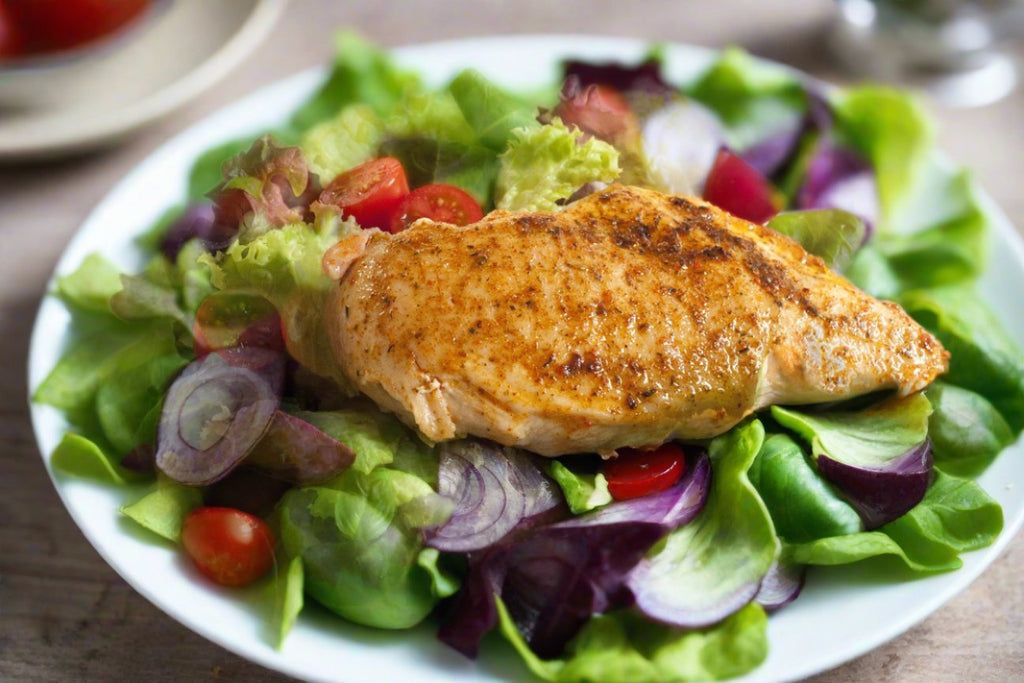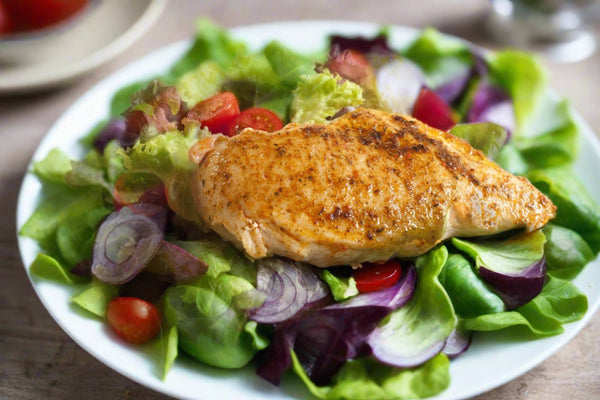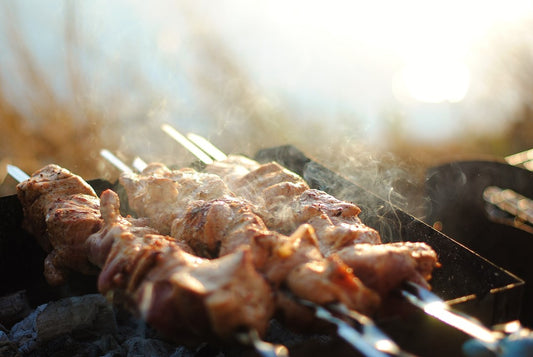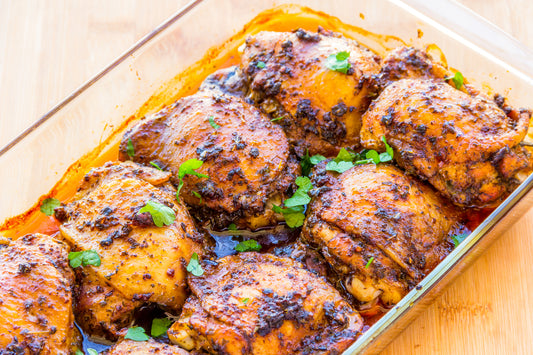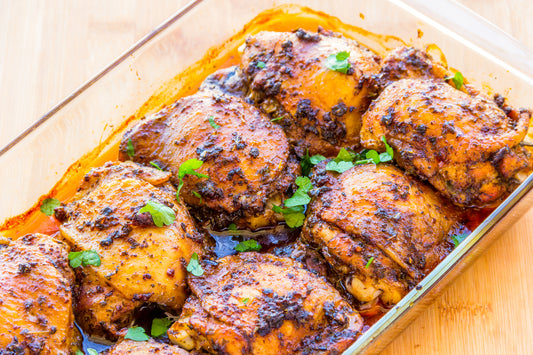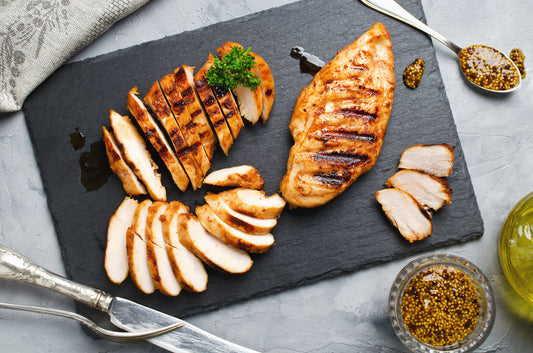A large portion of raw chicken can have harmful bacteria present on it's surface, this bacteria can include Campylobacter. Campylobacter is the most common cause of food poisoning in the UK and usually shows itself a few days after you have eaten contaminated food. The symptoms include stomach ache, sever diarrhoea and sometimes sickness. The affects can be with some people for the rest of their lives as campylobacater can trigger IBS and reactive arthritis and in a few, rare cases can even affect your nervous system. At worst, in the more vulnerable (the elderly, pre school children, pregnant women and people with a reduced immunity) it can kill.
Should You Wash Raw Chicken?
You should never wash raw chicken. Washing raw chicken will only spread any bacteria present on the chicken around your kitchen. Every splash or drip, and anything you are touching before you can wash your hands, could now have bacteria on it. Furthermore, the whole act is not only dangerous, but is ultimately pointless, as any harmful bacteria present on raw chicken will only be killed through thorough cooking. You cannot simply 'wash' bacteria off.
How else can I avoid the spread of bacteria?
There are a few other ways you can help avoid spreading harmful bacteria around your kitchen. For example, you should always:
- Keep raw chicken covered and separate from other foods, particularly ready-to-eat items. Store it at the bottom of your fridge so that it can't drip on other foods.
- Wash your hands thoroughly after handling raw chicken as well as any utensils you might have used such as your knives, work surfaces and chopping boards. Don't forget those things you might have touched when your hands are contaminated, taps, drawer handles, cupboard handles, the oven doors.
- Make sure your chicken is thoroughly cooked. You can check this by cutting into the thickest part of your meat to make sure the juices are running clear with no blood or pink meat. The best way is to use a temperature probe and check that the core temperature (the temperature at the thickest part is at 75C or above for at least 30 seconds.
